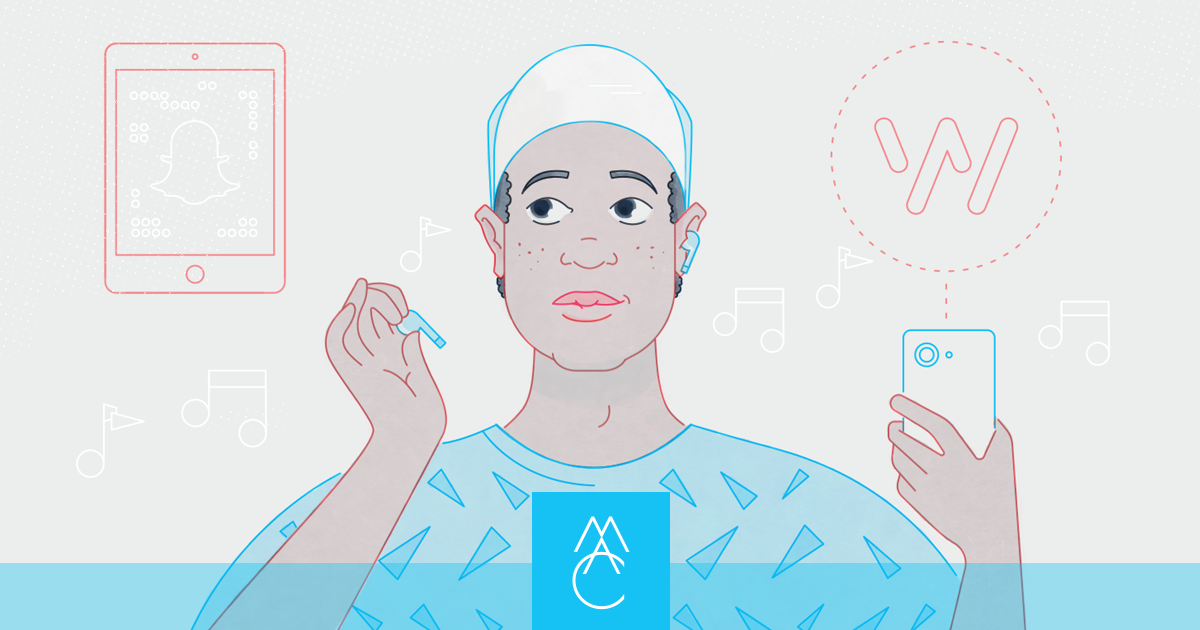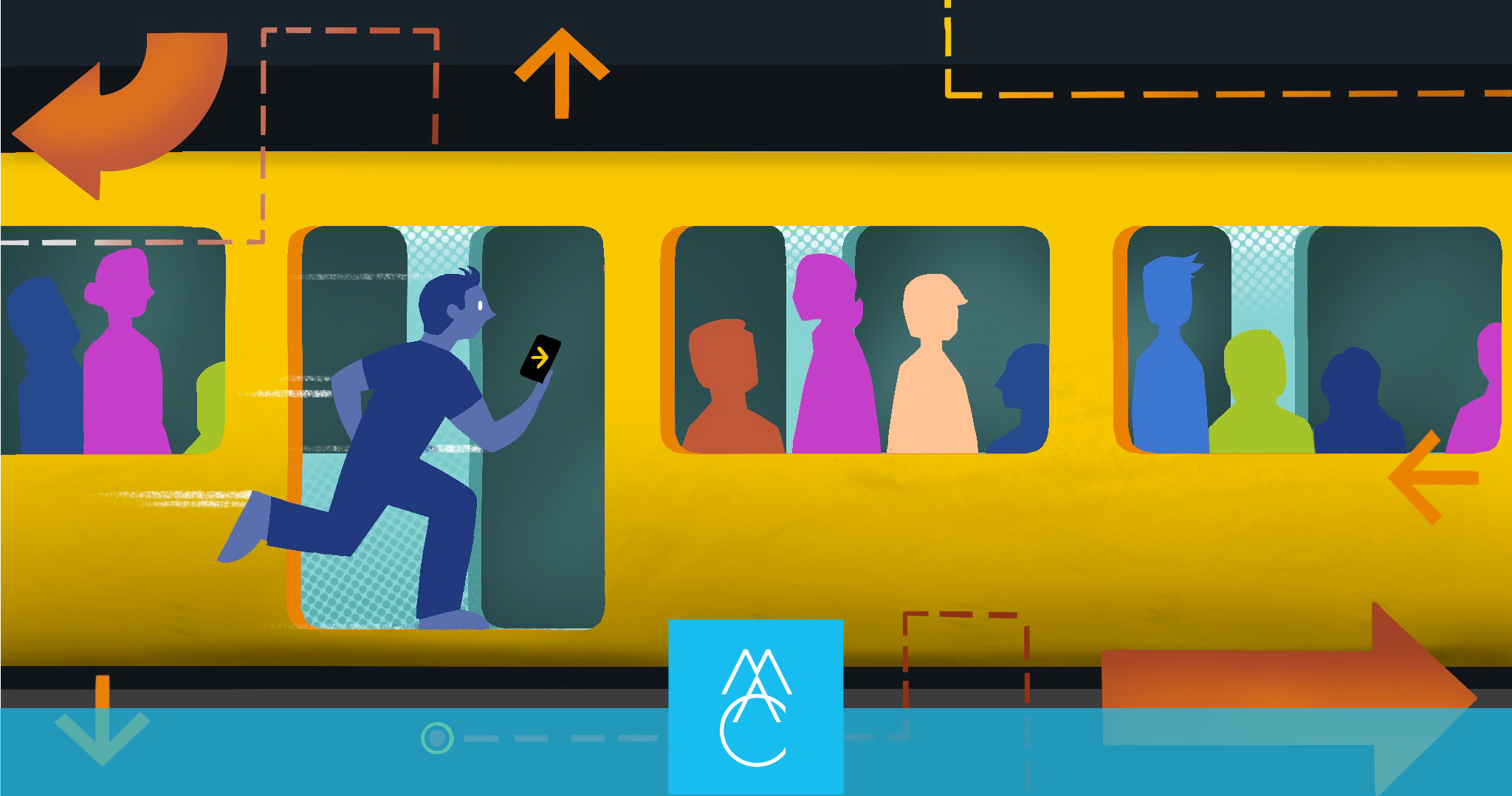
Five things you need to know about Gen Z, starting yesterday
All right. It’s time to talk about Gen Z.
Meet the population demographic born between 1996 and 2010 — the middle-schoolers, high-schoolers and college students of today.
If, like many businesses and marketing teams, you’ve allowed yourself to suppose that these youngsters aren’t (yet) terribly relevant to what you do, think again. Gen Z is already making its presence known throughout the U.S. economy, and in just a few short years, they’re going to be the most powerful generation around.
Bottom line, if you want Gen Z to listen to you, care about you, and buy from you tomorrow, then put it in your planner to get to know them yesterday.
What makes Gen Z such a force?
There’s a lot of them, for starters. Children and young adults between eight and 22 years old are more than 25 percent of the population today—making them the largest demographic out there.
And while the youngest of these are still in the single digits, make no mistake. Gen Z is about to take over. “No one seems to realize that in just a few short years, Generation Z … will account for 40 [percent] of the consumer market, and be an even bigger group than both Baby Boomers and Millennials,” said Nicolas Cole at Inc Magazine. “Which means, while everyone else is still debating over what to do with Millennials, their younger brothers and sisters will be the largest, most untapped audience out there.”
Their influence isn’t just potential, either. Gen Z represents $830 billion per year of consumer spending in the U.S. right now. A good $44 billion of that is directly in the hands of children and young adults, and their buying power is only going to grow from here.
So, who are they? How can we reach them effectively? To understand the answers to those questions, first we need to understand the world that Gen Z has grown up in.
Gen Z is shaped by three things
Gen Z was born into a world facing some pretty unique pressures. As such, it isn’t a typical generation.
Typically a generation spans 20 years; members of Gen X, for example, were born between 1961 and 1980. If Gen Z had followed this pattern, they would have waited for the Millennial window to come gracefully to an end in 1999 — but they didn’t. Instead, they cut their older siblings’ time short by about three years, bringing the Millennial window to a stop in 1996.
There’s an important reason for that, and important ramifications. Members of Gen Z demonstrate “big shifts in … behavior and attitudes” when compared to their millennial siblings, according to psychology professor Jean Twenge.
Why? Because the world changed for kids after 1996.
1. Terror
If you were born in 1996, you were five years old on 9/11. The attack on the World Trade Towers had a dramatic impact on American culture, changing everything from what it’s like to fly on a plane to what’s considered normal in political dialogue.
“While most [of Gen Z] were too young to personally experience the devastating impact of the terrorist attacks, they have grown up not knowing anything else but terrorism and ongoing wars,” said Ama Triangle at the American Marketing Association.
2. Recession
If you were born in 1996, you were 12 when the Great Recession burst. Unlike Millennials, who were born into the prosperity and stability of the 90s, Gen Z has no such memory. They cut their teeth on the financial havoc of the downturn.
Both of these forces, terror and recession, give Gen Z much in common with the Silent Generation: those born between 1920 and 1940. Political and financial instability formed a generation that craves order, leans conservative, and brings a fierce determination to beat the odds.
But there’s just one more wrench to throw in the gears.
3. Smartphones
While many Millennials can remember living in a household without a computer — a pre-Internet world — Gen Z are the world’s first true digital natives.
Let’s not forget how deeply the digital revolution has transformed society. It’s redefined how we find information, communicate, consume media, and just about anything else you can shake a stick at.
No wonder this cultural shift made a major impact on those who came after. “Around 2010, teens started to spend their time much differently from the generations that preceded them,” Twenge said. “These teens and young adults all have one thing in common: Their childhood or adolescence coincided with the rise of the smartphone.”
Consequently, Gen Z is “the most connected generation,” and “their connectivity is increasing,” according to Triangle. George Beall at HuffPost said that a full 40 percent “are self-identified digital device addicts.”
When we say device, by the way, we mean mobile. As Triangle put it, Gen Z is not mobile-first. They’re mobile-only.
Marketing takeaways
So what to make of all this? From a marketing perspective, certain things are very clear.
1. Start talking to Gen Z now.
While Millennials are currently the most powerful generation, the day is just dawning for Gen Z. They’re already a force, and their power is set to grow. Get good at speaking to them now so that you’ll be positioned to maintain their loyalty later.
2. Reach them online, not in print or TV.
“If this younger generation is constantly on their phones or devices and not watching as much live TV, we may experience a massive shift in advertising methods and marketing messages,” Beall said.
In fact, that shift — print > TV > Internet — is nothing new. It’s a continuation. However, it is worth recognizing that the trend is getting stronger.
3. Get to the point.
We learned this lesson from Millennials, and it’s going to serve us well for Gen Z as well. When talking to an audience that’s been inundated in advertising from birth, you have to demonstrate the value and relevance of your offerings right off the bat, or they’re going to bounce.
Again, the moral here isn’t new, but the urgency is. “On average, Millennials use three screens (and bounce between them intermittently)” said Forbes contributor Deep Patel. “Gen Zers use five: smartphone, TV, laptop, desktop and tablet.” They’re less focused, less likely to click, and less patient, so if you want to win them, distill your message.
4. Don’t expect them to overshare.
“While the millennial generation infamously pioneered the Facebook beer-bong selfie, many in Generation Z have embraced later, anonymous social media platforms like Secret or Whisper, as well as Snapchat, where any incriminating images disappear almost instantly,” according to advertising trend consultant Dan Gould.
If you’re wondering why, recall the correlation between Gen Z and those born between 1920 and 1940. “The parallels with the Silent Generation are obvious,” said economist and generation researcher Neil Howe. Prudence about what and how one shares is one of the results. “There has been a recession, jobs are hard to get, you can’t take risks,” Howe said. “You’ve got to be careful what you put on Facebook. You don’t want to taint your record.”
5. Update your UX.
Digital natives take certain things for granted, and user experience (UX) is one of those things. If your website is ugly, cumbersome, or dated, your Gen Z audience won’t cut you any slack for auld lang syne.
When something is hard to use, they think it’s broken. “When it doesn’t get there that fast they think something’s wrong,” said Marcie Merriman, executive director of growth strategy at Ernst & Young. There’s nothing nostalgic about a poor user experience for Gen Z, and expectations are running high — so if the look, feel, and function of your website isn’t up to snuff, now is the time to locate a branding partner who can help you over those hurdles.
Up next?
What we’ve covered today is just the tip of the iceberg. For more actionable insights on how to reach Gen Z, keep in touch, because we’ll be circling back to this in the future, for sure.
This article is also published on Medium.
More Resources
-

Article
The Challenge of Measuring Website Accessibility NeedsAccessible digital experiences are a legal and business necessity. Yet, many organizations grapple with the question: How many people with...
-

Article
Safeguard Your Investment: the 411 on Accessible DesignHow can an organization truly serve the public if they can’t reach the whole public? In the U.S., one in...
-

Article
How to Win Over Riders with a Better Digital Transit ExperiencePublic transportation keeps our cities moving, connecting people to their jobs, schools, and favorite hangout spots. As urban areas expand...



